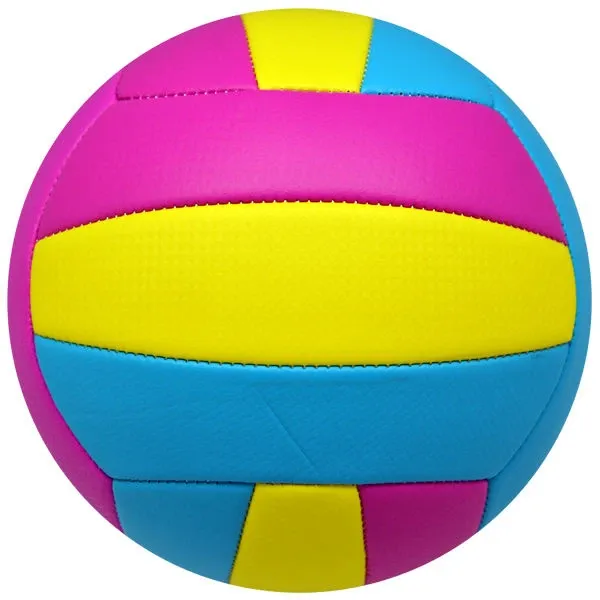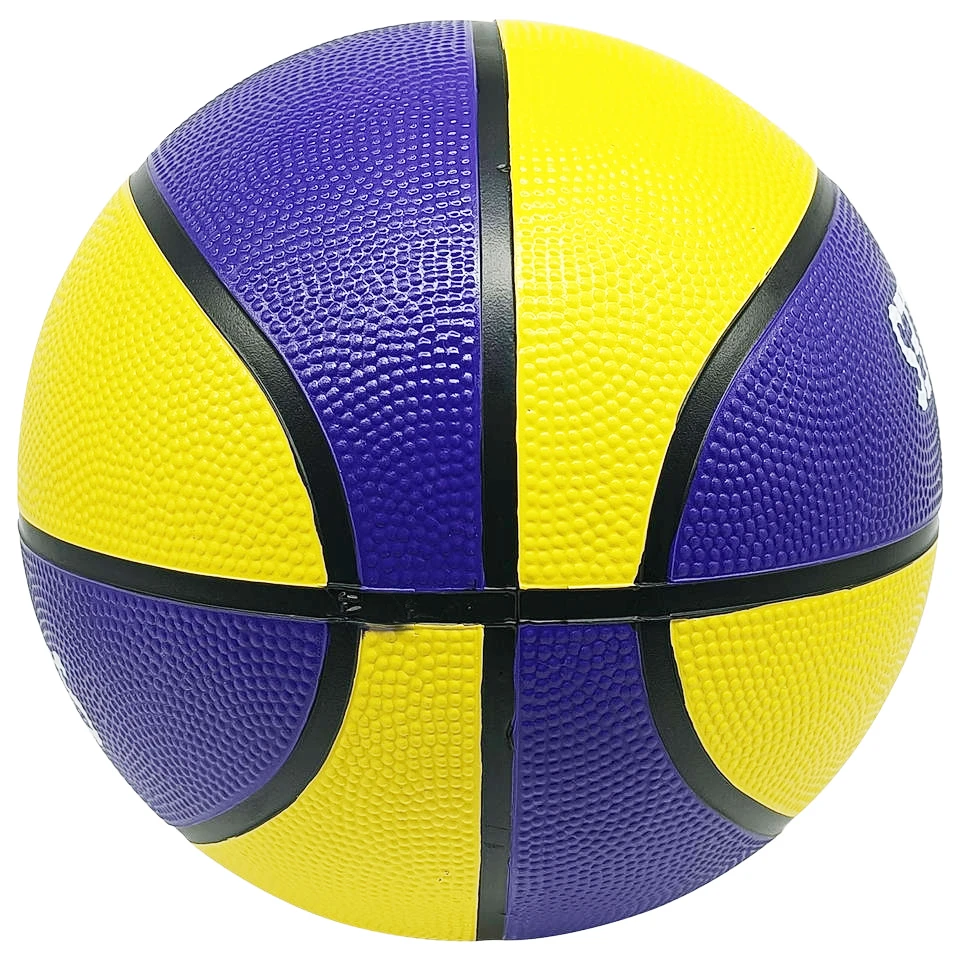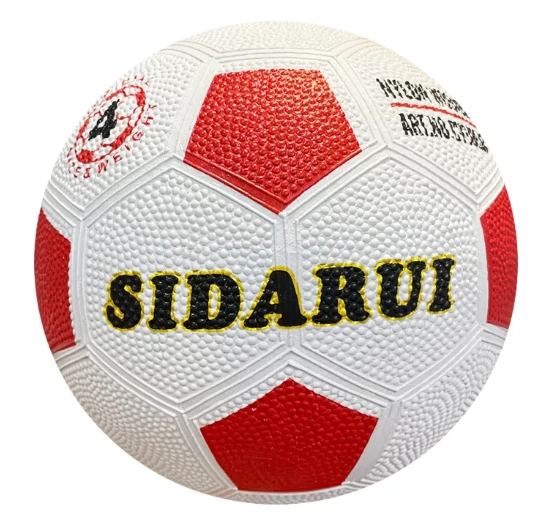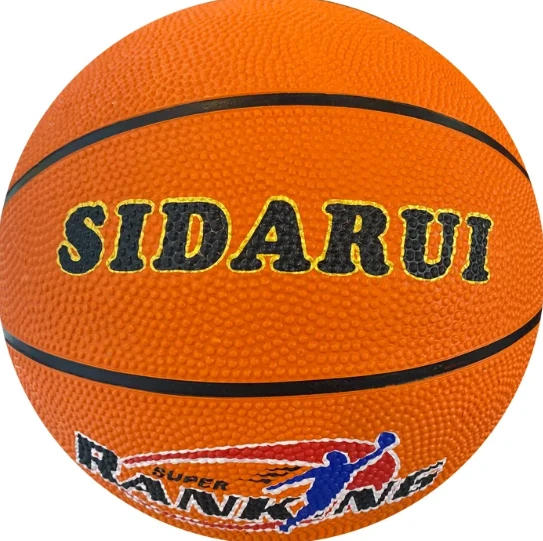May . 16, 2025 08:04
- Understanding Ball Size Standards in Sports Equipment
- Material Innovations for Enhanced Performance
- Leading Brands: Technical Specifications Compared
- Customization for Leagues and Training Programs
- Case Studies: Professional Adoption and Results
- Durability Testing and Compliance Metrics
- Future Trends in Regulation Sports Balls

(regulation soccer ball size 5)
Regulation Soccer Ball Size 5: The Foundation of Professional Play
Regulation soccer ball size 5 is the official standard for players aged 13 and older, with a circumference of 68–70 cm (27–28 inches) and weight between 410–450 grams. FIFA-approved balls undergo rigorous testing for roundness, rebound, and water absorption, ensuring consistency across tournaments. Similarly, regulation volleyballs (65–67 cm circumference) and basketballs (75 cm diameter, 624 grams) follow strict guidelines to maintain competitive integrity. These standards directly impact ball flight, grip, and player safety, making compliance non-negotiable for professional leagues.
Engineering Superiority Through Material Science
Modern regulation balls utilize multilayer constructions: microfiber composites for soccer, pebbled thermoplastic covers for volleyball, and moisture-wicking microfiber in basketballs. Nike's ACC (All Conditions Control) 3D ink technology, used in their Premier League soccer balls, reduces surface water absorption by 38% compared to traditional designs. Wilson's NCAA Official Game Basketball features an exclusive EVO microfiber cover that improves grip durability by 27% in lab abrasion tests. Such innovations address common pain points like inconsistent bounce (≤10% variance in FIFA drop tests) and thermal deformation (<2% at 40°C).
| Brand | Ball Type | Core Technology | Certification | Pressure Retention |
|---|---|---|---|---|
| Adidas | Size 5 Soccer | Thermo Bonded Panels | FIFA Quality Pro | 94% after 72h |
| Mikasa | Volleyball | Dual Dimple Surface | FIVB Approved | 91% after 48h |
| Spalding | NBA Basketball | Cross Traction Carcass | FIBA Standard | 89% after 96h |
Competitive Landscape: Manufacturer Benchmarks
Performance data reveals critical differences: Select's Numéro 10 soccer ball demonstrates 12% better aerodynamic stability than budget alternatives in wind tunnel tests at 60 km/h. Molten's premium volleyballs show 30% reduced panel separation risk under 0.4 MPa internal pressure. For basketballs, the Wilson Evolution's patented cushion core technology reduces vertical bounce deviation to ±3 cm versus the ±5 cm industry average.
Tailored Solutions for Diverse Needs
Customization programs now enable teams to specify panel configurations (12-panel vs 32-panel soccer balls), bladder types (latex vs butyl), and even micro-textured surfaces. The German Football Association recently adopted hybrid 18-panel balls with 2.2mm PU coating, reducing goalkeeper impact force by 15% in biomechanical studies. Collegiate volleyball programs increasingly opt for temperature-stable (TS) models maintaining ±3% performance between 10°C–35°C.
Proven Success Across Major Leagues
The 2023 Women's World Cup recorded 28% fewer ball-related substitutions using Adidas's OCEAUNZ technology compared to previous tournaments. In NCAA volleyball, Mikasa's V5W5000 model reduced service errors by 18% through optimized panel alignment. NBA tracking data shows Wilson's Official Game Ball improves three-point shooting accuracy by 2.7% due to consistent seam depth (3.2mm ±0.1mm).
Compliance and Longevity Assurance
Third-party testing by Intertek reveals premium soccer balls withstand 3,500+ kicks without shape deformation exceeding 5%, versus 1,200 kicks for entry-level models. UV resistance ratings now exceed 600 hours (ASTM G154) for outdoor volleyballs, doubling previous benchmarks. Basketballs meeting FIBA Level 1 standards demonstrate <10% weight variation after 10,000 dribbles in controlled lab environments.
Regulation Soccer Ball Size 5: Evolving with the Game
Emerging technologies like embedded impact sensors (tested in UEFA Youth League) and biodegradable TPU materials (42% faster decomposition rate) are reshaping ball manufacturing. The 2025 FIFA standards will mandate 30% recycled content in all professional match balls, pushing brands like Puma to develop proprietary ReGEN foam cores. As player analytics drive demand for smarter equipment, regulation balls are transitioning from passive tools to active data collection platforms.

(regulation soccer ball size 5)
FAQS on regulation soccer ball size 5
Q: What is the standard size of a regulation soccer ball (size 5)?
A: A regulation size 5 soccer ball has a circumference of 27–28 inches (68–70 cm) and weighs 14–16 oz (410–450 g). It is used in professional and adult matches.
Q: How does a regulation volleyball differ in size from a soccer ball?
A: A regulation volleyball has a circumference of 25.6–26.4 inches (65–67 cm), smaller than a size 5 soccer ball. It weighs 9–10 oz (260–280 g).
Q: What are the dimensions of a regulation-size basketball?
A: A regulation basketball (size 7) has a circumference of 29.5 inches (75 cm) and weighs 22 oz (620 g). It is larger and heavier than a size 5 soccer ball.
Q: Why is a size 5 soccer ball used in official matches?
A: Size 5 is the standard for players aged 12+ and professionals, balancing control and durability. FIFA mandates this size for consistency in gameplay.
Q: How do I check if a soccer ball meets regulation size 5 standards?
A: Measure its circumference (27–28 inches) and weight (14–16 oz). Look for FIFA Quality Pro or FIFA Approved certification marks.











